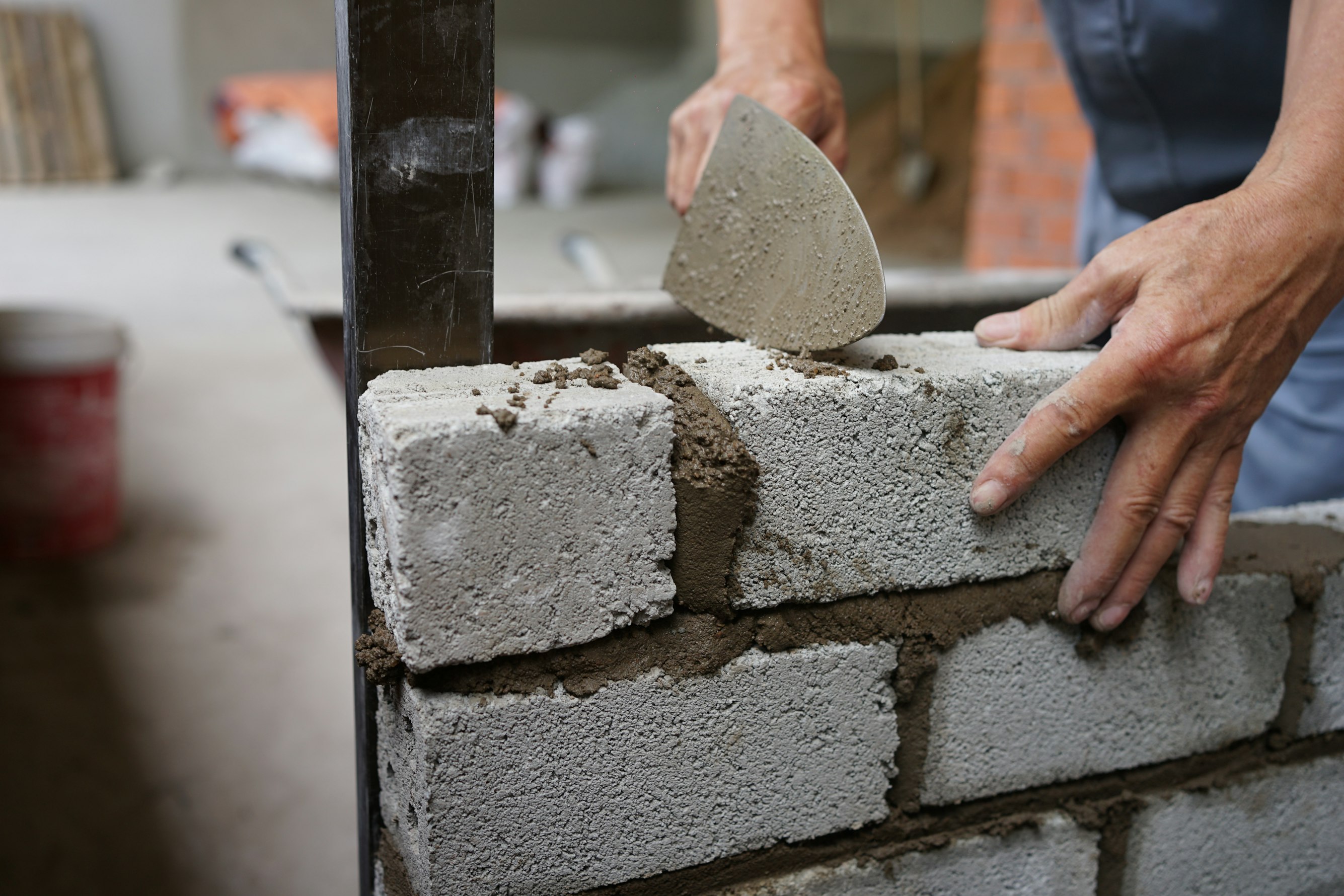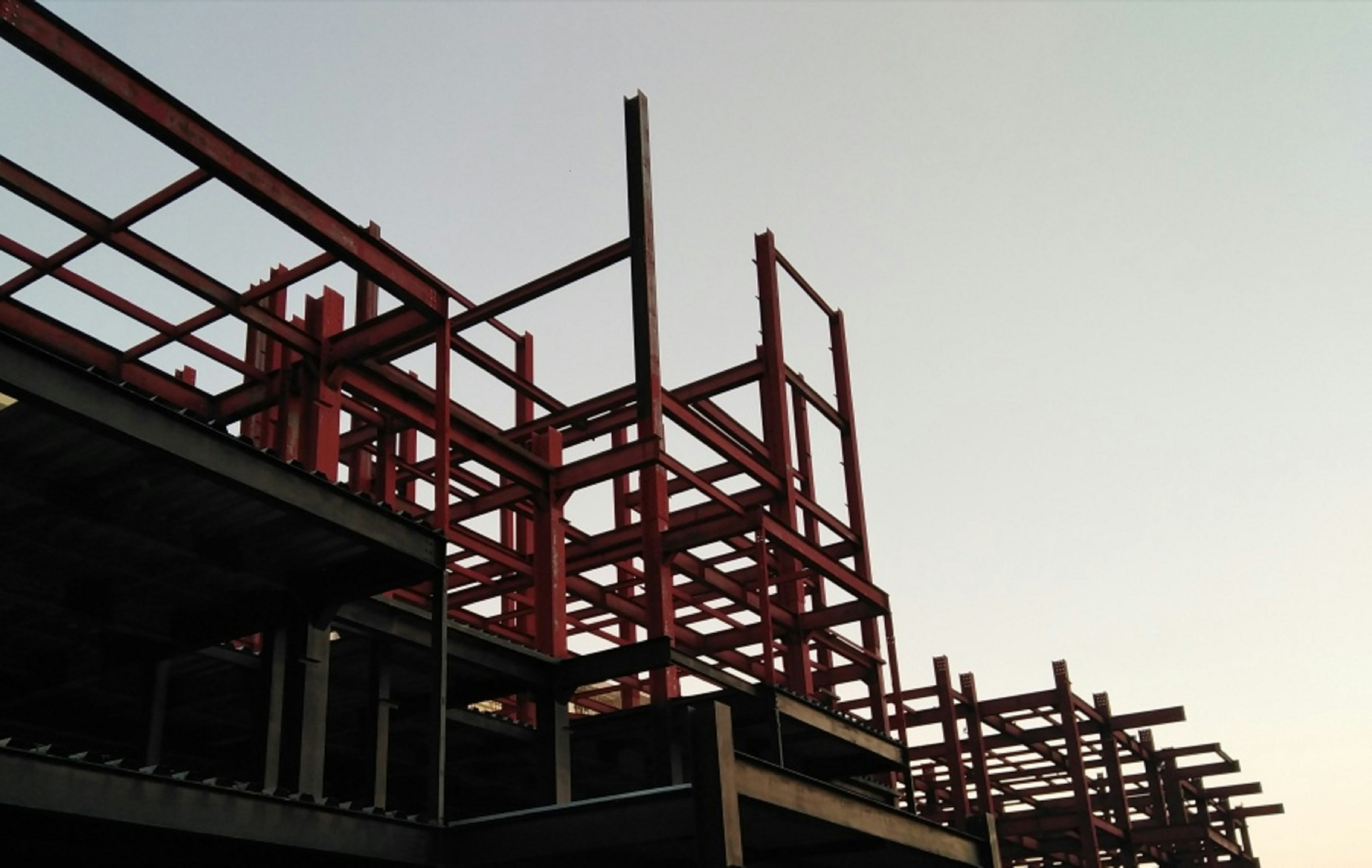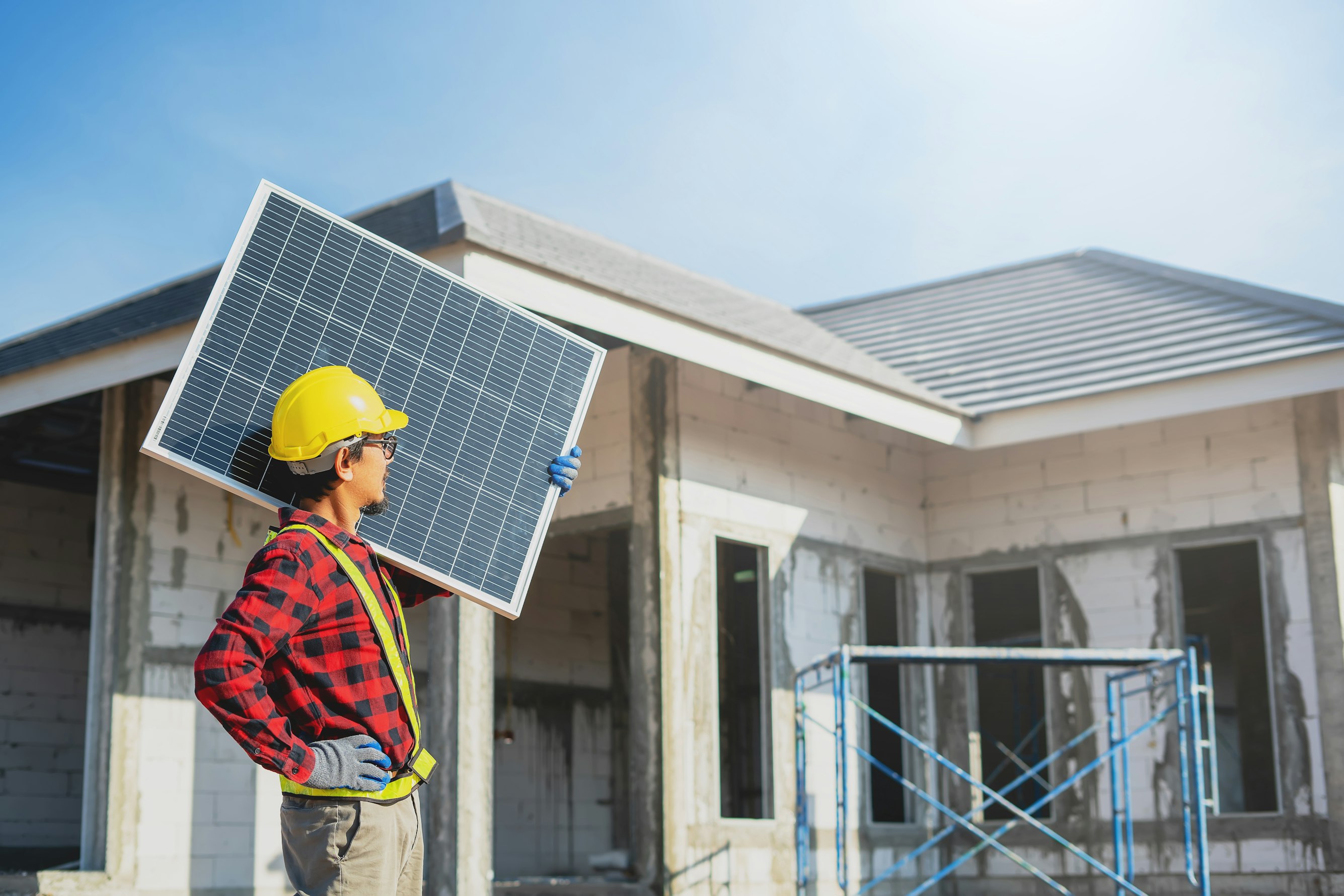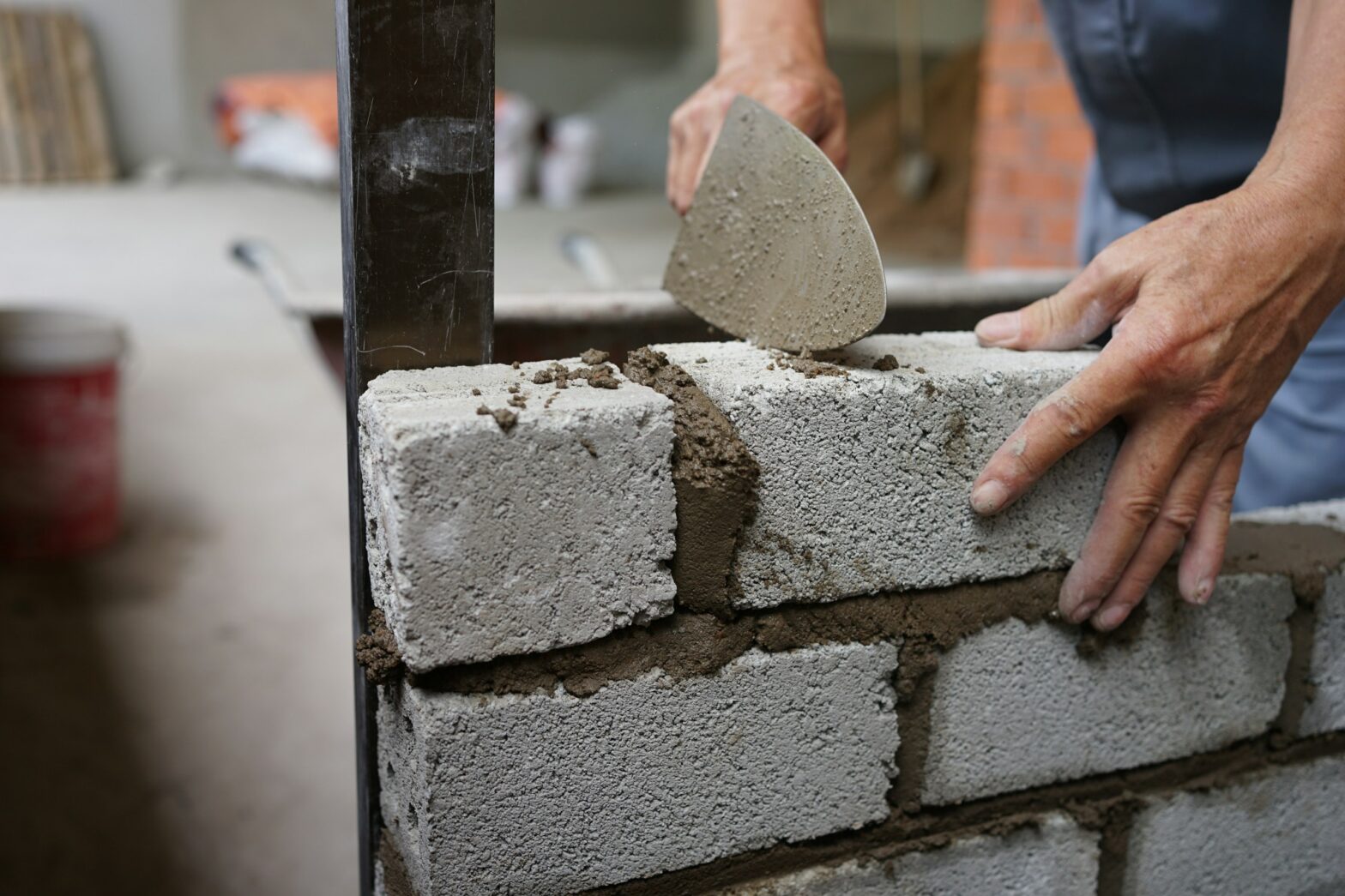Construction produces significant greenhouse gas emissions, from the extraction and conversion of raw materials into building materials to their transportation and assembly. It doesn't stop when construction is finished. Most buildings rely on fossil fuels to operate, while demolition waste decomposes in landfills, emitting greenhouse gases. Fortunately, sustainable building technologies are becoming increasingly popular and can reduce the sector's carbon footprint.
Why sustainable building technology is the future
Sustainable building means building in an environmentally friendly way. The focus is on the efficient use of energy, water and materials to reduce waste and pollution. The goal is to create long-lasting buildings that are safe, comfortable and affordable while protecting the environment for future generations.
The construction sector is responsible for around 21% of greenhouse gas emissions worldwide. In 2022, buildings accounted for 37% of energy and process-related carbon emissions and 34% of global energy demand. While there is a significant gap between the zero emissions target and the current state of the industry, adopting sustainable building solutions can help close this gap.
Here are some of the long-term benefits of adopting sustainable building solutions:
- Reduces carbon emissions
- Reduces energy and water consumption
- Reduces waste and pollution
- Preserves ecosystems
- Reduces operating costs
- Increases property value
- Reduces building maintenance and repairs
- Improves the health of residents
- Receives financial benefits, incentives, tax breaks and cash grants
Some countries are taking proactive steps to achieve net zero targets, such as New York's penalties for buildings that fail to meet emissions targets and Singapore's Green Mark incentive. Many organizations prefer green building certifications such as BREEAM and LEED, which demonstrate their commitment to sustainability. Due to high demand, sustainable construction technologies and innovations in materials and practices are evolving rapidly.
Innovations that drive sustainable construction
Here are the technologies that embody the principles of sustainable building and how they are revolutionizing green building practices.
Low carbon concrete

Ordinary Portland cement (OPC) is the most widely used type of concrete and contributes around 8% of total carbon emissions worldwide. Low-carbon alternatives such as calcined clay cement made from limestone can reduce emissions by up to 40% compared to OPC. It replaces some of the OPC's carbon-producing components with materials that use less expensive energy and produce no process emissions.
Self-healing concrete
Concrete can crack due to temperature fluctuations, freeze-thaw cycles, ground movement, overloading and other structural problems. Self-healing concrete repairs cracks on its own, increasing the lifespan of buildings and reducing maintenance costs. It integrates bacteria or polymers that release healing substances to seal cracks. Many construction companies are using or developing self-healing concrete to meet sustainability standards.
Recycled steel and plastics

Instead of ending up in landfills, steel from disused buildings and bridges is recycled and returned to the supply chain. It becomes steel again and is used in another project before the process begins again decades later. Structural steel is made from approximately 92% recycled material and can be recycled over and over again so it does not become waste.
Plastics can be recycled into plastic lumber, beams and bricks. With a little preparation, they can also replace traditional aggregates in concrete, contribute to asphalt formation and provide thermal insulation. Recycling plastics also reduces waste and resource consumption.
Cross laminated timber
Cross-laminated timber consists of layers of solid wood that are glued in alternating directions to form stable building panels. Compared to steel and concrete, it has a lower carbon footprint, which is the total greenhouse gas emissions generated throughout its life cycle. This type of wood is also prefabricated, reducing construction time and the impact of construction on the site.
Integration of solar and wind energy

Net-zero buildings produce the same amount of energy that they use. Fossil fuels cannot meet this requirement, which is why many construction companies rely on renewable energy sources for their projects.
Building-integrated photovoltaics, in which solar-generating solutions such as solar windows are integrated into the building structure, is becoming increasingly popular. Vertical-axis wind turbines, bladeless systems and other innovations that harness wind energy are also becoming more common in cities. Evolving renewable energy storage solutions are making it easier to integrate into building designs.
Energy efficient HVAC
Heating, ventilation and air conditioning (HVAC) systems are important for maintaining comfortable indoor temperatures, but they are also responsible for around 3% of global carbon emissions and 7% of electricity consumption.
Smart HVAC systems use sensors and data to learn your habits and automate temperature control. They also connect to the internet and adjust HVAC settings based on the time of day and weather conditions. Energy efficient controls can reduce energy consumption by up to 50% while improving HVAC performance.
Robotic and 3D printing

3D printed buildings and materials reduce material waste through precise and automated construction. They can shorten construction time, meaning less time needed to operate carbon-producing equipment and reducing energy consumption. These technologies can also optimize designs using straw, hemp and other sustainable fibers.
Creating a greener future with sustainable building
Zero net emissions remains an ambitious but necessary goal. Replacing building materials and practices that contribute to climate change with more sustainable alternatives is a good start. Not only will it reduce waste and carbon footprint, but it will also bring social, economic and environmental benefits for years to come.
